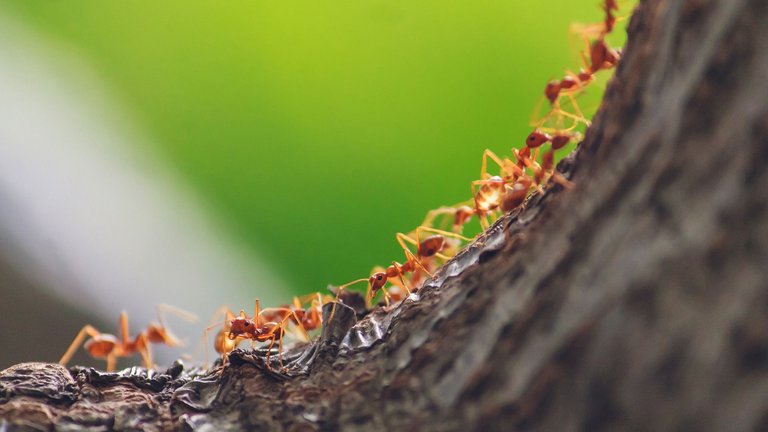
Los insectos son el ser vivo mas numeroso de nuestro planeta, después de los microbios y micro-organismos y debido a esta razón clasificarlos podría parecer una tarea titanica e imposible, pero gracias a cientos de entomologos y distintos expertos que dieron su vida a investigar a estas fascinantes criaturas podemos dividirlos en distintos grupos.
Insects are the most numerous living being on our planet, after microbes and micro-organisms and for this reason classifying them could seem a titanic and impossible task, but thanks to hundreds of entomologists and different experts who gave their lives to investigate these fascinating creatures we can divide them into different groups.
Se calcula que en nuestro planeta podrían haber mas de un millón de especies de insectos cada uno con cualidades únicas, lo cual podría parecernos toda una locura, pero vale destacar que solo es una cifra estimada, muchos expertos concuerdan en que aun faltan cientos de miles de especies por descubrir.
It is estimated that on our planet there could be more than one million species of insects, each with unique qualities, which may seem crazy, but it is worth noting that it is only an estimated figure, many experts agree that there are still hundreds of thousands of species to be discovered.

Primero que nada debemos entender que los insectos son artrópodos hexápodos, lo que quiere decir que su cuerpo esta dividido en tres partes, cabeza, tórax y abdomen, ademas todos poseen seis patas y dos pares de alas que emergen del tórax,aunque esto puede variar en cada familia o grupo.
First of all we must understand that insects are hexapod arthropods, which means that their body is divided into three parts, head, thorax and abdomen, plus they all have six legs and two pairs of wings that emerge from the thorax, although this may vary in each family or group.
Coleopteros
Los escarabajos son el grupo u orden de insectos mas diversos que existe, se calcula que existen 370.000 especies de escarabajos conocidas, mas de una cuarta parte del total de las especies animales y se estima que faltan miles mas por ser descubiertos.
Coleoptera
Beetles are the most diverse group or order of insects in existence. It is estimated that there are 370,000 known species of beetles, more than a quarter of all animal species, and it is estimated that thousands more remain to be discovered.
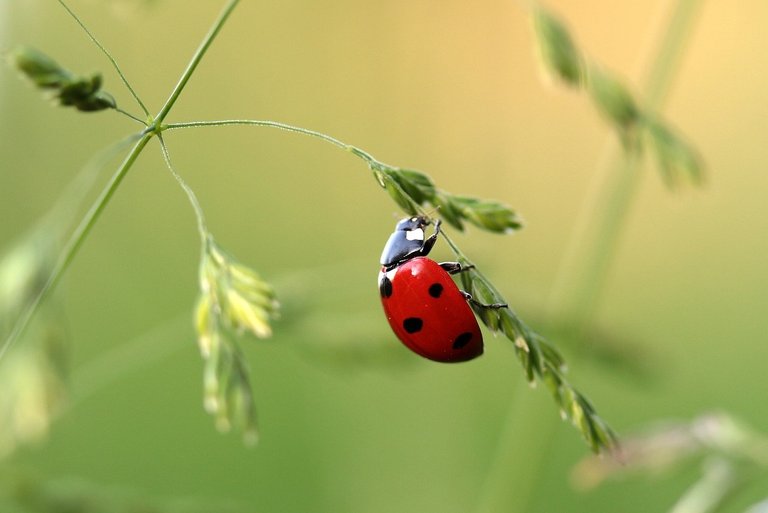
Ortópteros
Este grupo u orden pertenece a los saltamontes, se conocen unas 20.000 especies, son abundantes en muchas regiones del planeta pero prefieren los climas cálidos, se alimentan de plantas y no sufren metamorfosis pero si mudan de piel, es fácil distinguirlos por los grandes saltos que hacen para huir de sus depredadores.
Orthoptera
This group or order belongs to the grasshoppers, about 20,000 species are known, they are abundant in many regions of the planet but prefer warm climates, they feed on plants and do not undergo metamorphosis but they do shed their skin, it is easy to distinguish them by the great leaps they make to escape from their predators.

Dípteros
Este grupo pertenece a las moscas, mosquitos y tábanos, que entre ellos reúnen mas de 122.000 especies repartidas en todo el mundo, los adultos se alimentan de líquidos como el néctar o la sangre, sufren metamorfosis en su ciclo de vida, su característica principal es la transformación de sus alas y patas posteriores en unas posiciones conocidas como balancines que les permiten mantener el equilibrio mientras vuelan.
Diptera
This group includes flies, mosquitoes and horseflies, which among them gather more than 122,000 species spread throughout the world, adults feed on liquids such as nectar or blood, undergo metamorphosis in their life cycle, its main feature is the transformation of their wings and hind legs in positions known as rockers that allow them to maintain balance while flying.
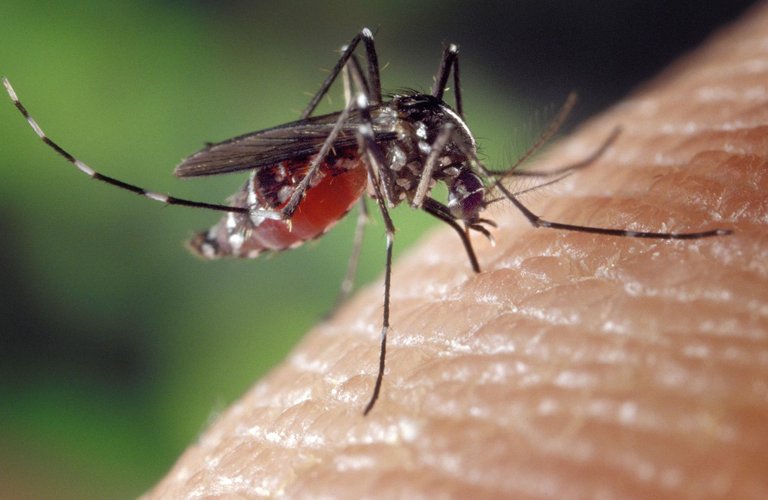
Himenópteros
Este grupo pertenece a las hormigas, avispas, abejas y sinfitos, es el segundo grupo de insectos mas grande con unas 200.000 especies conocidas, muchas de estas especies son organizadas y sociales, y otras prefieren vivir en soledad las cuales son con frecuencia parasitoides, todos los insectos de este grupo tienen un muy desarrollado sistema glandular que les permite comunicarse con alta eficiencia.
Hymenoptera
This group belongs to the ants, wasps, bees and symphytes, it is the second largest group of insects with about 200,000 known species, many of these species are organized and social, and others prefer to live in solitude which are often parasitoids, all insects in this group have a highly developed glandular system that allows them to communicate with high efficiency.
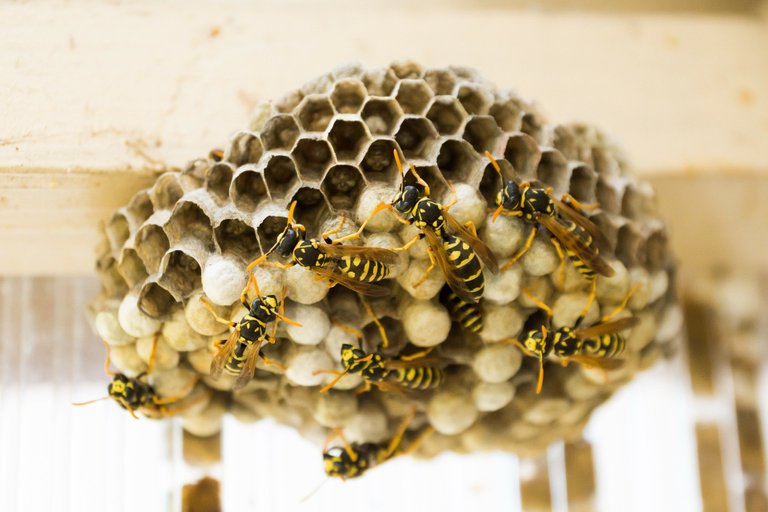
Odonatos
Este grupo es el mas hermoso de los insectos, pues es el grupo de las libélulas y los caballitos del diablo, se conocen unas 3.500 especies esparcidas por todo el mundo, estos insectos son muy reconocibles por sus grandes ojos y su par de alas brillantes, en su etapa temprano nacen cono ninfas debajo del agua, sus patas no son locomotoras, les sirven para tomar a sus presas o apoyarse en las superficies, pero no para caminar.
Odonata
This group is the most beautiful of the insects, it is the group of dragonflies and damselflies, about 3,500 species are known scattered around the world, these insects are very recognizable by their large eyes and their pair of shiny wings, in their early stage are born as nymphs under water, their legs are not locomotive, they serve to take their prey or lean on surfaces, but not to walk.
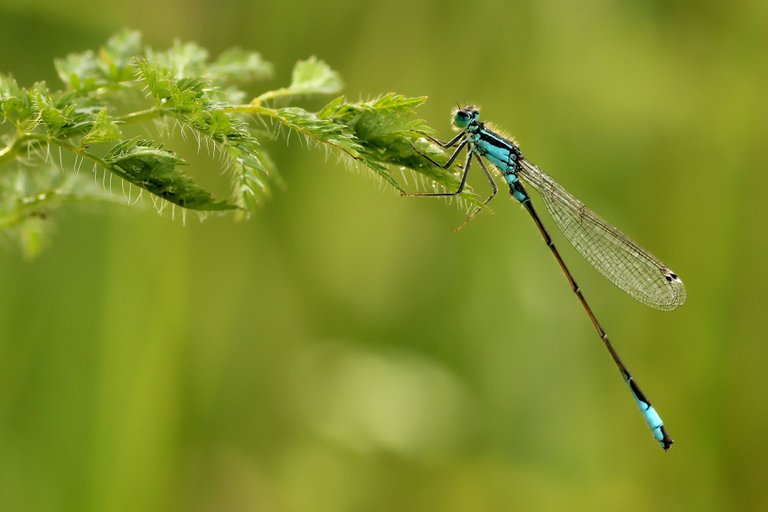
Hemípteros
Esta familia pertenece a las chinces, pulgones, cochinillas y cigarras, en total suman unas 80.000 especies conocidas, este grupo es muy diverso ya que incluye insectos acuáticos, fitófagos, depredadores y parásitos hematófagos, son reconocibles por que la mayoría poseen un aparato bucal picador chupador (provocide).
Hemiptera
This family belongs to the chinch bugs, aphids, mealybugs and cicadas, totaling some 80,000 known species, this group is very diverse as it includes aquatic insects, phytophagous, predators and hematophagous parasites, they are recognizable by the fact that most of them have a sucking mouthparts (provocide).

Termitas (Isoptera)
Se conocen unas 2.500 especies de termitas, todas son muy comunes, viven en colmenas, generalmente se alimentan de madera pero pueden comer otras sustancias vegetales, son ciegas, pero tienen órganos sensoriales muy desarrollados con los que pueden comunicarse muy bien.
Termites (Isoptera)
Some 2,500 species of termites are known, all are very common, live in hives, generally feed on wood but can eat other plant substances, are blind, but have highly developed sensory organs with which they can communicate very well.
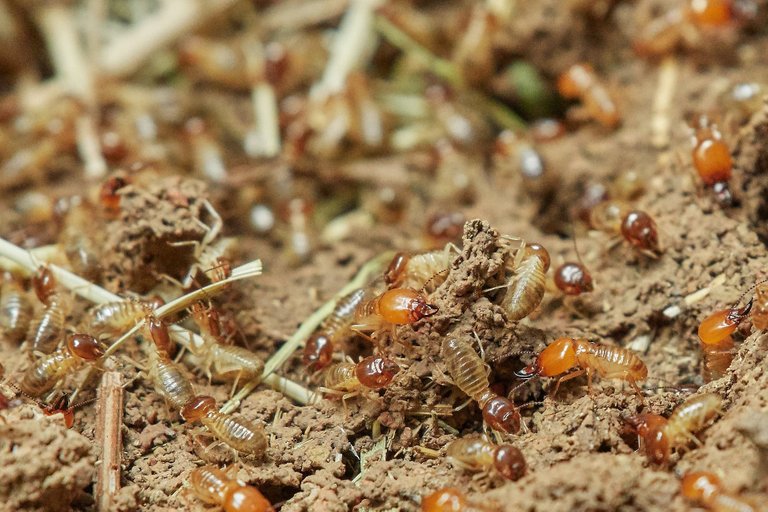
Todas las imágenes usadas fueron tomadas de la red, debajo de cada una de ellas se encuentra su enlace original.
All the images used were taken from the web, below each one of them you will find its original link.
Muchísimas gracias lo aprecio demasiado.
Congratulations @wlad01! You have completed the following achievement on the Hive blockchain and have been rewarded with new badge(s) :
Your next target is to reach 300 upvotes.
You can view your badges on your board and compare yourself to others in the Ranking
If you no longer want to receive notifications, reply to this comment with the word
STOPCheck out the last post from @hivebuzz:
Support the HiveBuzz project. Vote for our proposal!